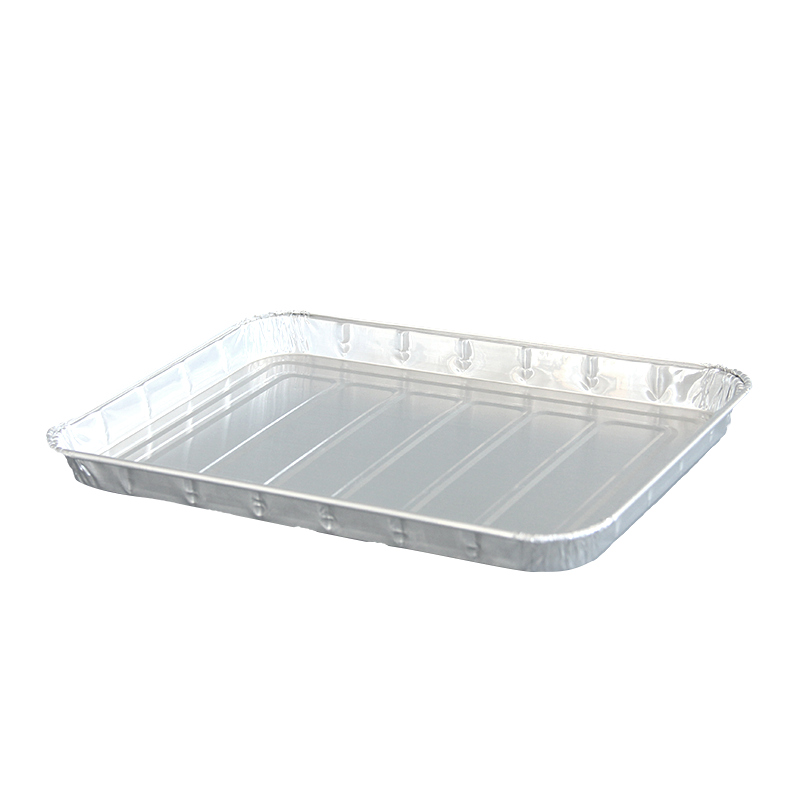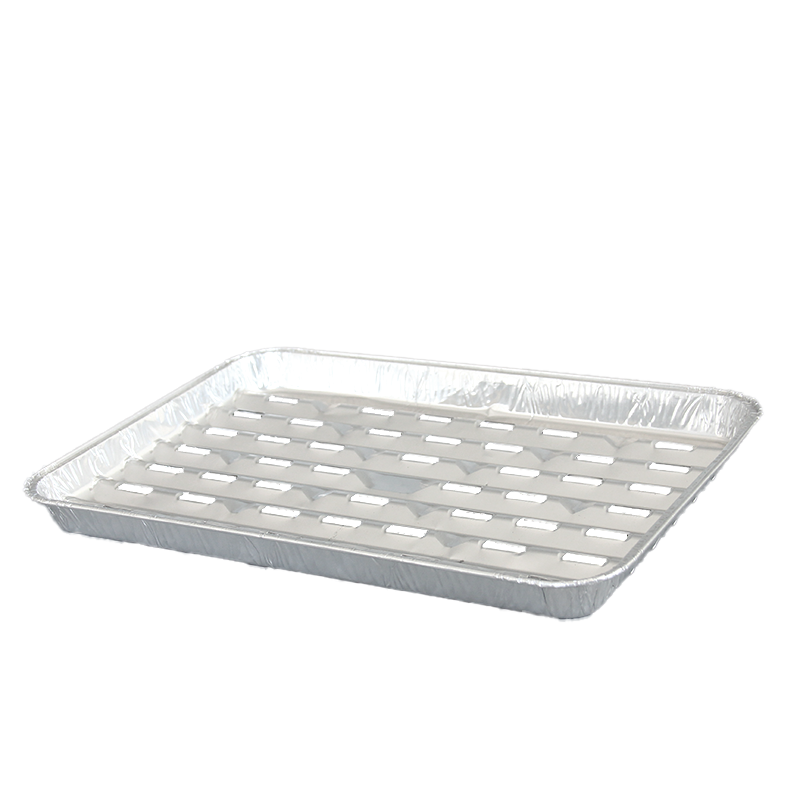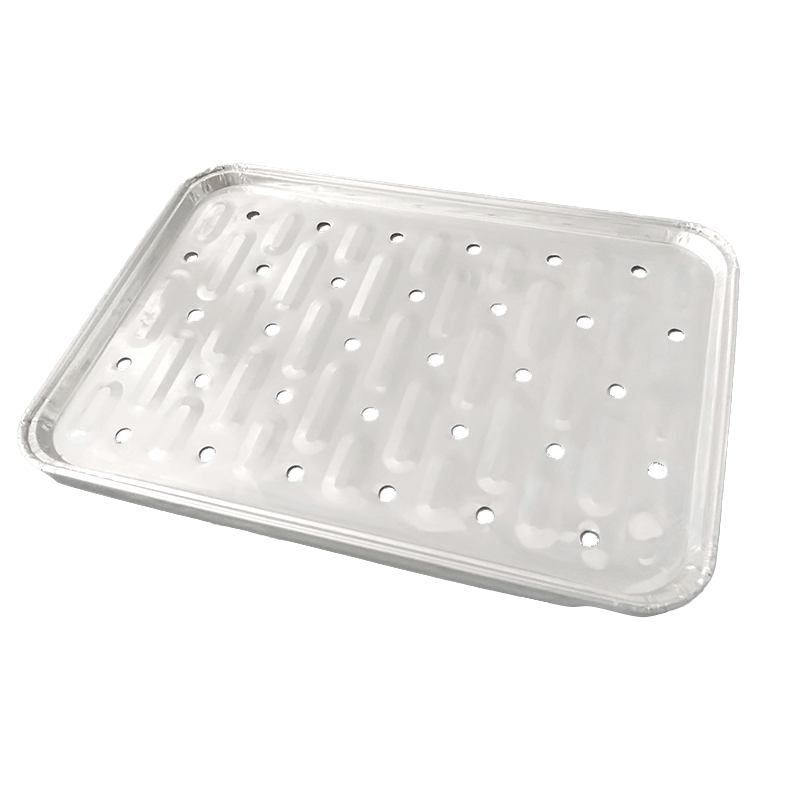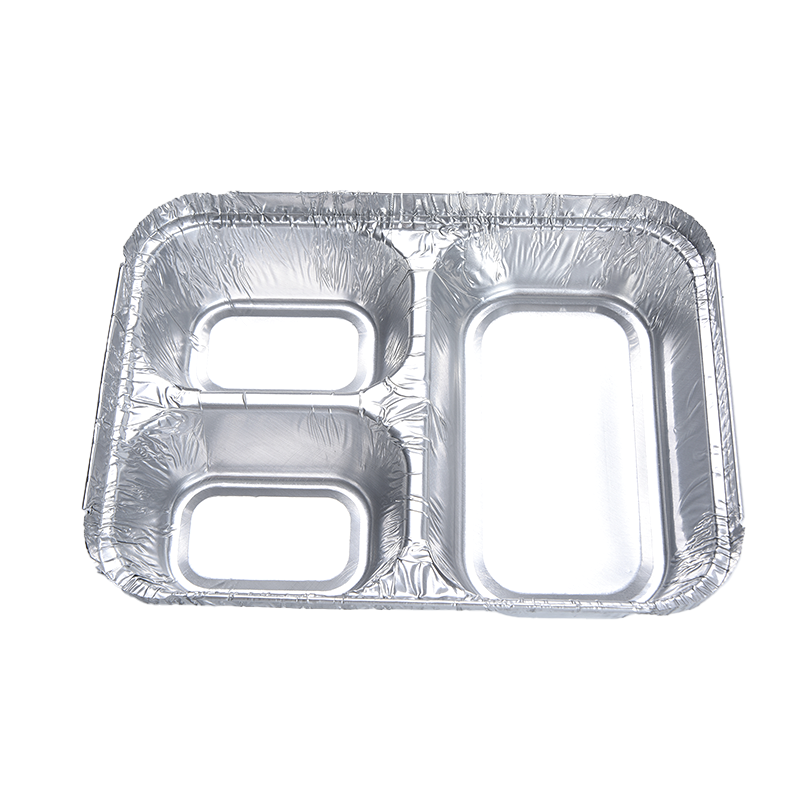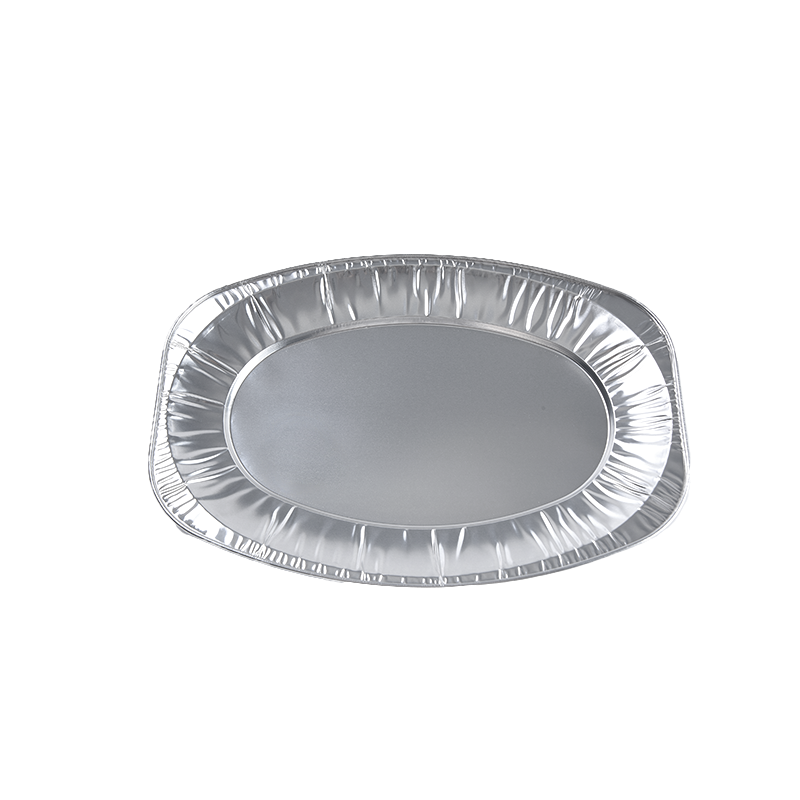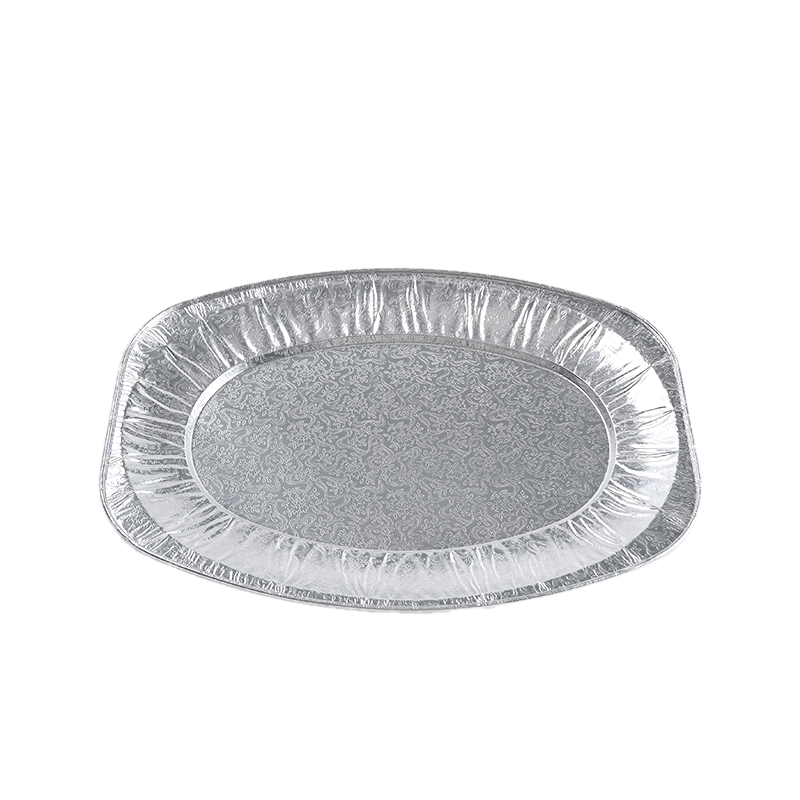Takeaway soup boxes always leak? Why can the sealed edge of aluminum foil boxes withstand bumps?
Industry News-1. Aluminum foil material characteristics
Aluminum foil is usually made of manganese-titanium reinforced alloy, and its elongation can reach 15%-25%. During bumpy transportation, aluminum foil can absorb impact energy through micro-deformation to avoid brittle fracture (traditional PP plastic elongation is only 5%-10%). Under the same thickness of the product, the aluminum foil box can resist pendulum impact up to 0.6J, which is 3 times that of PP plastic box. The water vapor permeability of aluminum foil is 0 g/(m²·24h), which isolates liquid penetration; while the water vapor permeability of ordinary PP lunch boxes is 5-10 g/(m²·24h), which is prone to leakage during long-term storage.
2. Product sealing technology
The aluminum foil lunch box uses high-frequency vibration to fuse the aluminum foil molecules with the PE coating layer to form a seamless sealing belt with a peel strength of ≥15N/15mm.
Compression test: In the 1.2-meter drop test, the aluminum foil box loaded with 350 ml of soup leaked less than 0.3 ml, which is 97% less than the PP box. When simulating an electric car's 40 km/h emergency brake, the displacement of the magnetic cover was ≤0.5 mm, and the amount of soup spilled was controlled within 0.3 ml.
3.Performance comparison of aluminum foil box vs. traditional plastic box
|
index |
Aluminum Foil Box |
Ordinary PP plastic box |
|
Seal Strength |
≥15N/15mm (ultrasonic edge pressing) |
≤6N/15mm (heat sealing) |
|
Anti-drop height |
1.2m (leakage <0.3ml) |
0.8m (leakage volume>10ml) |
|
Breathability |
0 g/(m²·24h) |
5-10 g/(m²·24h) |
|
Environmental protection |
Recyclability>95% |
Difficult to degrade, recovery rate <20% |





 English
English 日本語
日本語 عربى
عربى Español
Español
